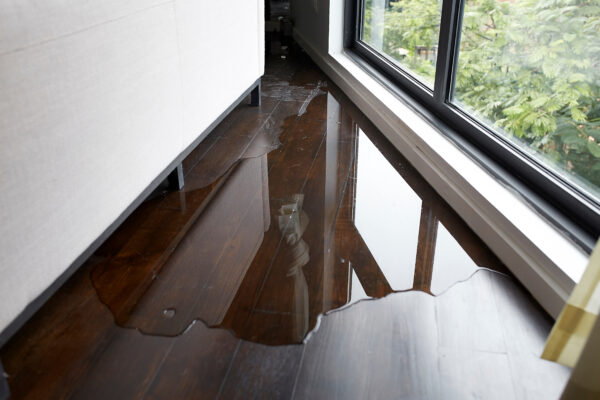What it entails, and how you can prepare for it, should your home require this type of urgent care.
Most of us have had the unfortunate experience of having had to visit an Urgent Care center to address a pressing health need. Maybe it was a sudden accident, or maybe it was a small thing that you realized was actually more severe than you’d realized or that you could no longer ignore. Either way, when you needed that immediate assistance, and didn’t feel like you could wait to schedule a regular appointment, you knew who to call.
Similarly, you can think of mitigation services as being Urgent Care for your home. Technically speaking, “mitigation” is the reduction of severity or seriousness of an occurrence or event. When something goes suddenly wrong, a mitigation team is often your first line of defense against further damage or more severe consequences.
Water mitigation is the most common service offered by companies like EIG, although other remedial and cleaning services are available. So, let’s talk about water mitigation, what it entails, and how you can prepare for it, should your home require this type of urgent care.
Water damage can be caused by a sewer backup, a plumbing failure, roof or siding leaks, excess condensation, or even something as innocuous as an aquarium crack. While small amounts of water may not create immediate or obvious destruction, even clean (Category 1) water may result in microbial growth and ongoing damage. By nature, water moves from wet to dry, meaning that it will naturally seek dry conditions and spread. If left unresolved, a small bathroom leak can have widespread issues in adjacent rooms, much like an infection may continue to spread if untreated.
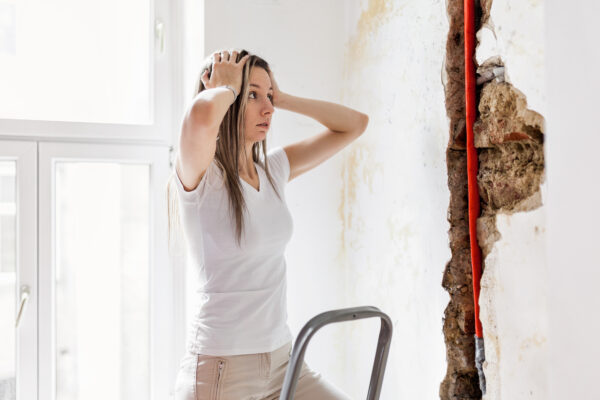
The mitigation industry classifies the different levels of water damage as follows:
Category 1 water damage describes damage coming from a clean water source where the water doesn’t represent a significant health hazard. Examples of Category 1 water loss include a broken supply pipe or clear tub overflow. However, once the water crosses through a building material such as wood or drywall, it can no longer be considered Category 1.
Category 2 water damage describes water that has the potential to be contaminated and therefore could lead to illness if ingested or otherwise contacted. Category 2 water is also referred to as “grey water” and can originate from toilet backups before the trap that does not contain urine or feces, dishwater, washing machine discharged water, or other water that has come in contact with contaminants.
Category 3 water damage refers to water that contains dangerous pathogens and/or pollutants or toxic agents. Category 3 water is potentially harmful and should only be addressed with proper safety precautions. Examples include sewage, flooding from any source, septic backup, aquarium breakage or any contaminated ground surface water.
When left unmitigated, even Category 1 water damage becomes considered Category 3 after 72 hours. This is why it is imperative to resolve water issues as soon as they’re discovered.
Frequently Asked Questions About Water Mitigation
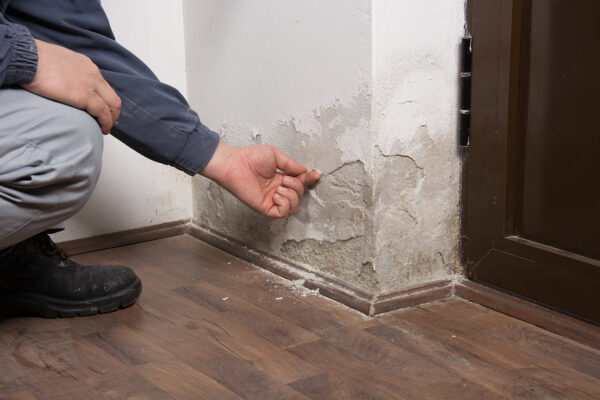
What should I know about my home, to prepare for the possibility of water damage and mitigation?
The best way you can educate yourself to ensure that any future water damage is dealt with efficiently is by identifying the shut-off valves on all fixtures, as well as knowing where the main water shut-off in your home is. This way, when a leak occurs (and let’s be honest: these things often happen at the time when you’re least prepared to deal with them), you already know exactly what you need to do and don’t need to waste precious time trying to figure out how to turn off the water.
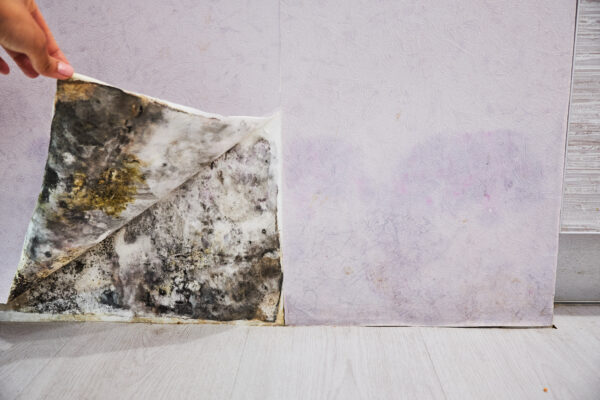
What should I do when I discover water damage?
When you first discover water damage, it is imperative to stop or stem the flow of water, where at all possible and safe to do so. Once you’ve accomplished this, immediately call a mitigation company to begin professional remediation.
It is NOT enough to just use a Shop-Vac or residential fan on water-damaged areas, as these will not provide comprehensive clean-up or dry-out capabilities. Professional mitigation can potentially save you thousands of dollars by eliminating the possibility for bacterial and microbial growth.
Should I keep all materials related to the leak?
Do not let any technician — whether a plumber or mitigation team member– throw anything away, if it is in any way related to the cause of the loss! This may include things like faulty pipe fittings, broken materials, or worn-out hoses.
Your insurance company has a division that may look to the manufacturer or professional installer of that part to recover costs. This is called “subrogation.” Don’t let that opportunity pass you by!
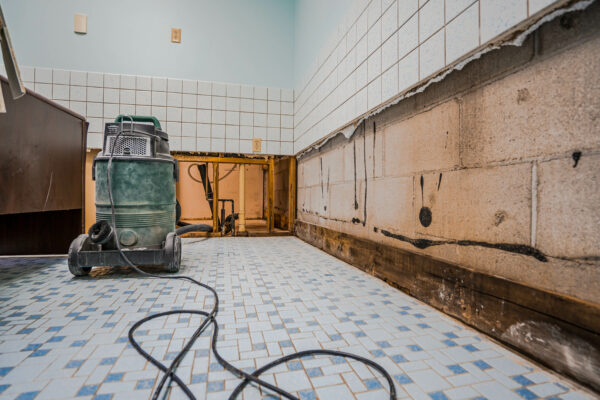
The dry-out equipment is loud and makes the house hot and uncomfortable, can’t I turn it off at night?
Unfortunately, dry-out equipment must run 24/7 to be effective. The drying process is a continuous effort to pull moisture from affected areas and into the air, where the dehumidifiers collect and discharge it into the nearest drain. Fans break the surface tension and allow the water to convert to humidity, which then is drawn into the dehumidifier.
If these are not working in concert and continually, the process will stop and have to start again each time the equipment goes off and on. This can turn a three or four day process into a much longer event. Non-continuous use also allows the potential for greater damage to the property and can lead to additional microbial growth.
I have a family member or pet with respiratory issues or allergies, how will this affect them?
It is important to advise your mitigation team of any health concerns before work begins. Although most companies now utilize green and botanical antimicrobials, we are aware that some sensitivities may still be present.
Water mitigation work is also loud, so if any members of your family are particularly sensitive to noise or disruptions, you may need to make some accommodations to prevent additional stress.
If you have pets, we recommend that you contain them at all times when our crews are in your home, to prevent accidental contact with chemicals or mold. Small animals (birds, reptiles, rodents, e.g.) are particularly sensitive, so we advise that you find another place for them to stay during this time.
Why can’t you come after 5pm to monitor so I don’t have to miss work?
While our team is available around the clock to handle emergencies, it is also important to us, as an employer, to respect our team members’ time and lives outside of their job. While we try to accommodate specific scheduling requests, these are at the discretion of our team. Additionally, many insurance carriers will not pay overtime for daily monitoring.
Why did you give me a window of arrival and not a specific time?
As a leader in the field of mitigation, EIG encourages our team members to be thorough in their efforts and inspections, ensuring that every home is treated with care and intention. Unfortunately, this means that sometimes an inspection or monitoring may take a little longer than forecast, due to extenuating circumstances in a particular home.
We try to be as accurate as we can with our arrival estimates, but provide a one-hour window in order to accommodate our teams’ time.

What can I do to help my mitigation team?
This is a great question! Before your mitigation team arrives, please do the following, as safe to do so:
- Contain your pets, even friendly ones. While many of our technicians are animal-lovers themselves, they are focused on the job at hand and cannot always keep an eye on Fido while doing their work. Additionally, doors will be opening and closing as equipment is carried in and out, increasing the chance of an accidental escape.
- Likewise, ensure that your children are supervised at all times. There are elements of the work that can be dangerous to little fingers and we want to keep everyone safe.
- We will move most furniture and other home contents for you, but we ask that you handle the removal of money, guns, jewelry, sensitive or confidential information, medication and any family treasures or antiques that cannot be easily replaced.
If you have a situation in which there are many antiques, works of art or other high-value items, we can bring in professional movers to facilitate moving these items.
- Let your technician know if there are restrictions on after-hours access to your community, if a gate code is needed, or if there are any other concerns with accessing your residence before their arrival. This includes a lack of electricity or water in your home.
- Ask questions and raise concerns, as necessary! The EIG company ethos is to treat all customers as if they were members of our family, and our crews are stringently held to this standard. We strive to provide exemplary, caring service to every client who invites us into their home.
However, if this is for some reason not the case, or if you have questions about the work that is being done, we want to know! This will allow your team to work with you to find solutions before the issue can compound or cause additional stress. We understand that this process can be intimidating and our team is here to help your home return to the sanctuary you know and love as quickly as it can.
"*" indicates required fields
